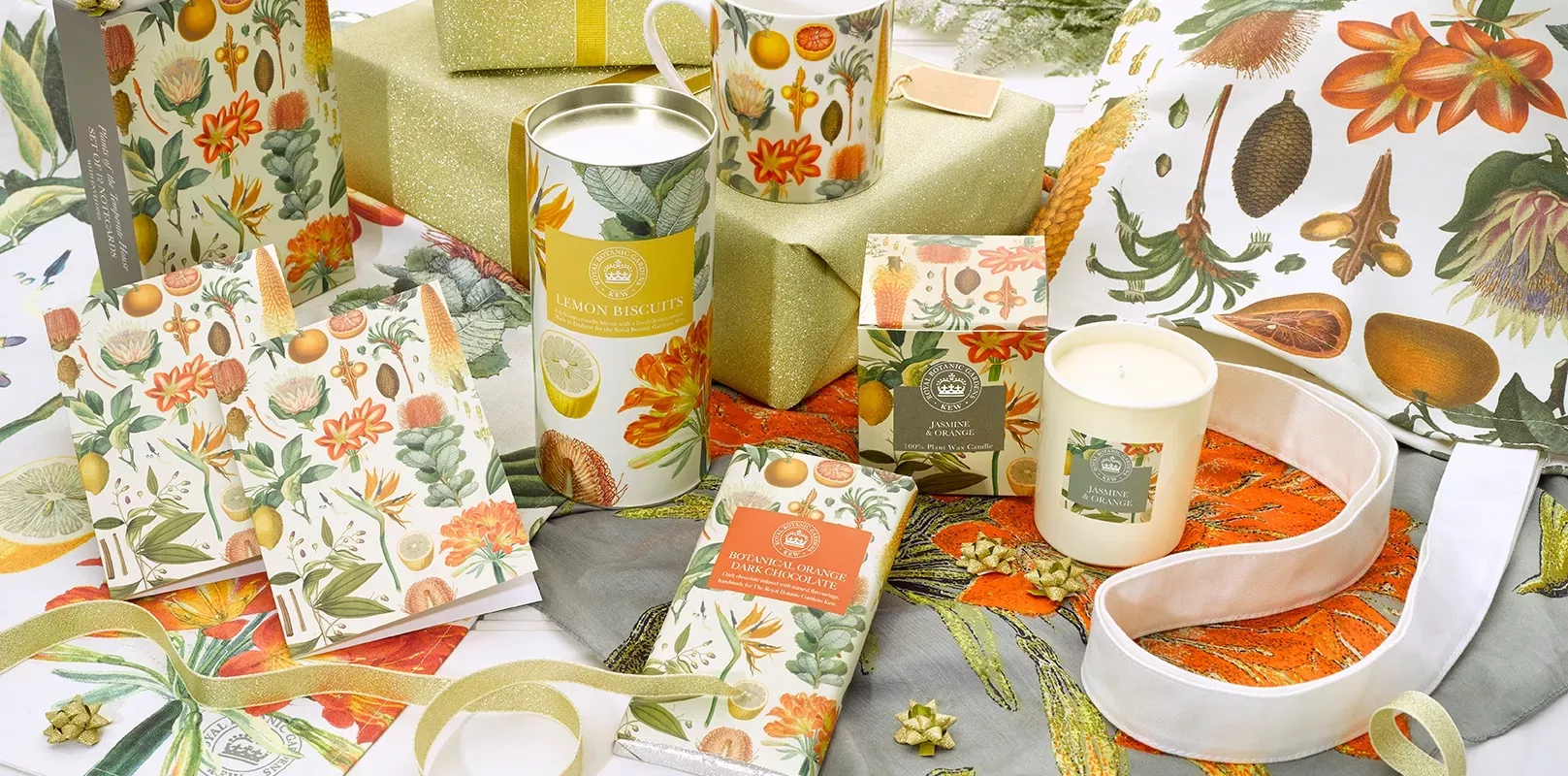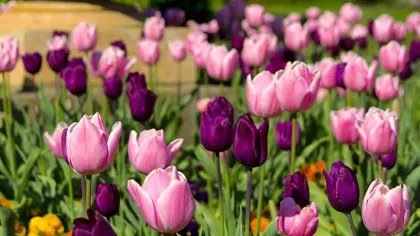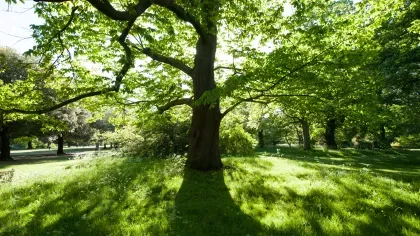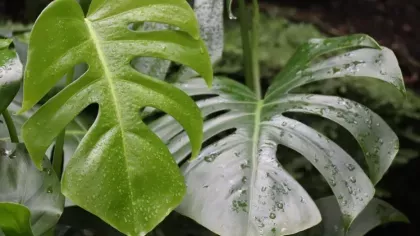4 April 2020
Inspiration for isolation
Take your pick from these fantastic nature-based activities to enjoy from the comfort of your own home.

During this unsettling time of lockdowns, social distancing and self-isolating, nature is needed more than ever.
That’s why we’ve rounded up some of our best nature-based activities that you can do while stuck indoors.
From paying a virtual visit to our gardens to honing your botanical art skills and learning about awesome plant and fungal science, here’s some inspiration for your isolation…
Virtually visit our gardens
Even though our gardens at Kew and Wakehurst are currently closed that doesn’t mean you can’t still enjoy some of their delights.
Check out our social channels for daily stories, films and pictures from the gardens, along with fun facts, quizzes and challenges (great for keeping your brain active in moments of boredom).
We welcome you to follow us on Kew Gardens’ Facebook, Twitter and Instagram, and Wakehurst’s Facebook, Twitter and Instagram for all the latest from us.
Some of our brilliant staff are at our gardens daily to look after our world-class and priceless living plant collections.
Fancy some longer reads? Then have a browse of our Read and Watch content. From fun, light-hearted stories to lift your spirits to fascinating plant and fungal science blogs to get you thinking, there’s something for everyone’s taste.
If you’re more of a watcher then our YouTube channel is the place for you.
Discover where Kew’s trees are born, see how we are creating our American Prairie at Wakehurst from scratch, follow the journey of a seed from collection to banking in the Millennium Seed Bank and then back out into the world, and so much more.
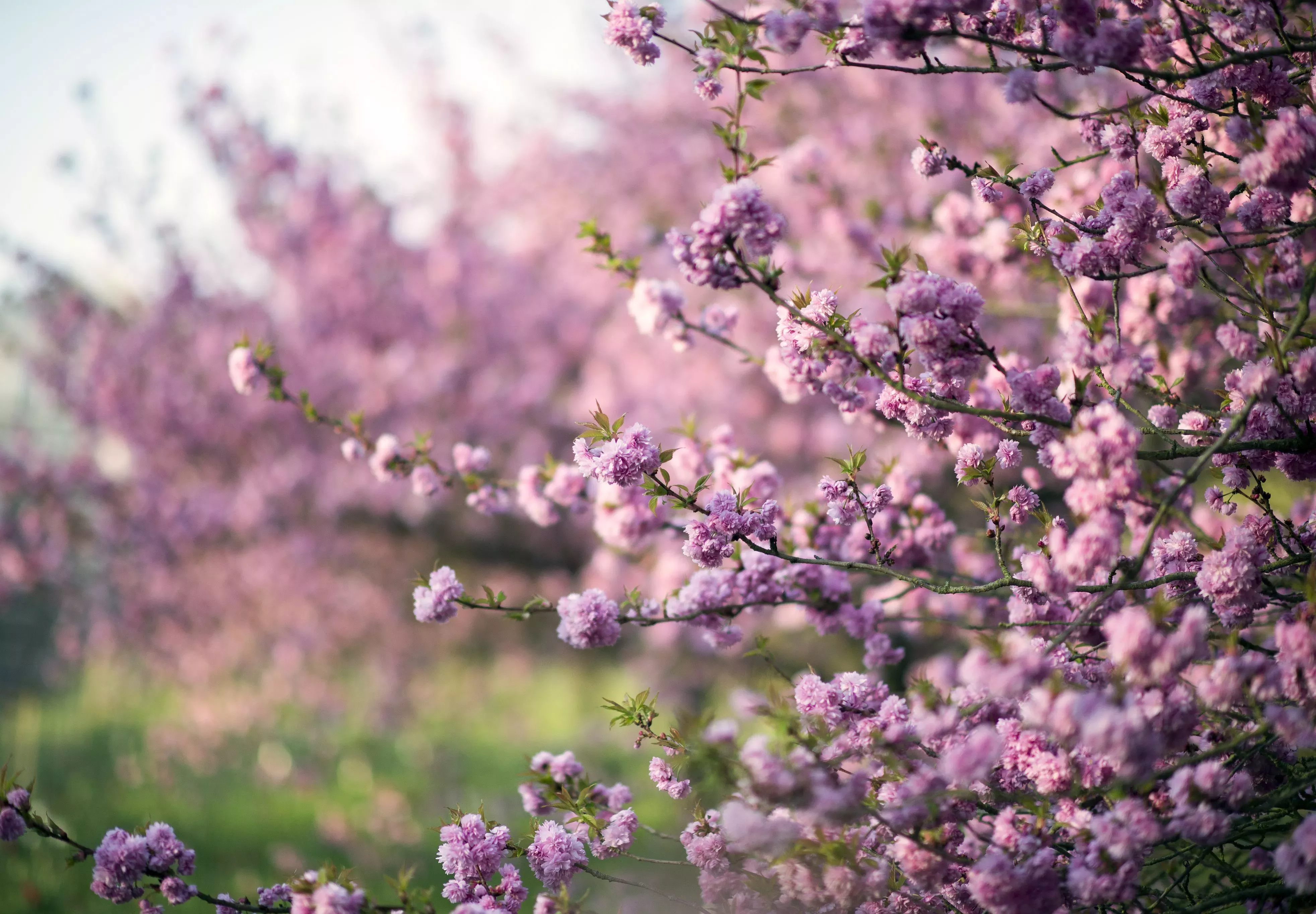
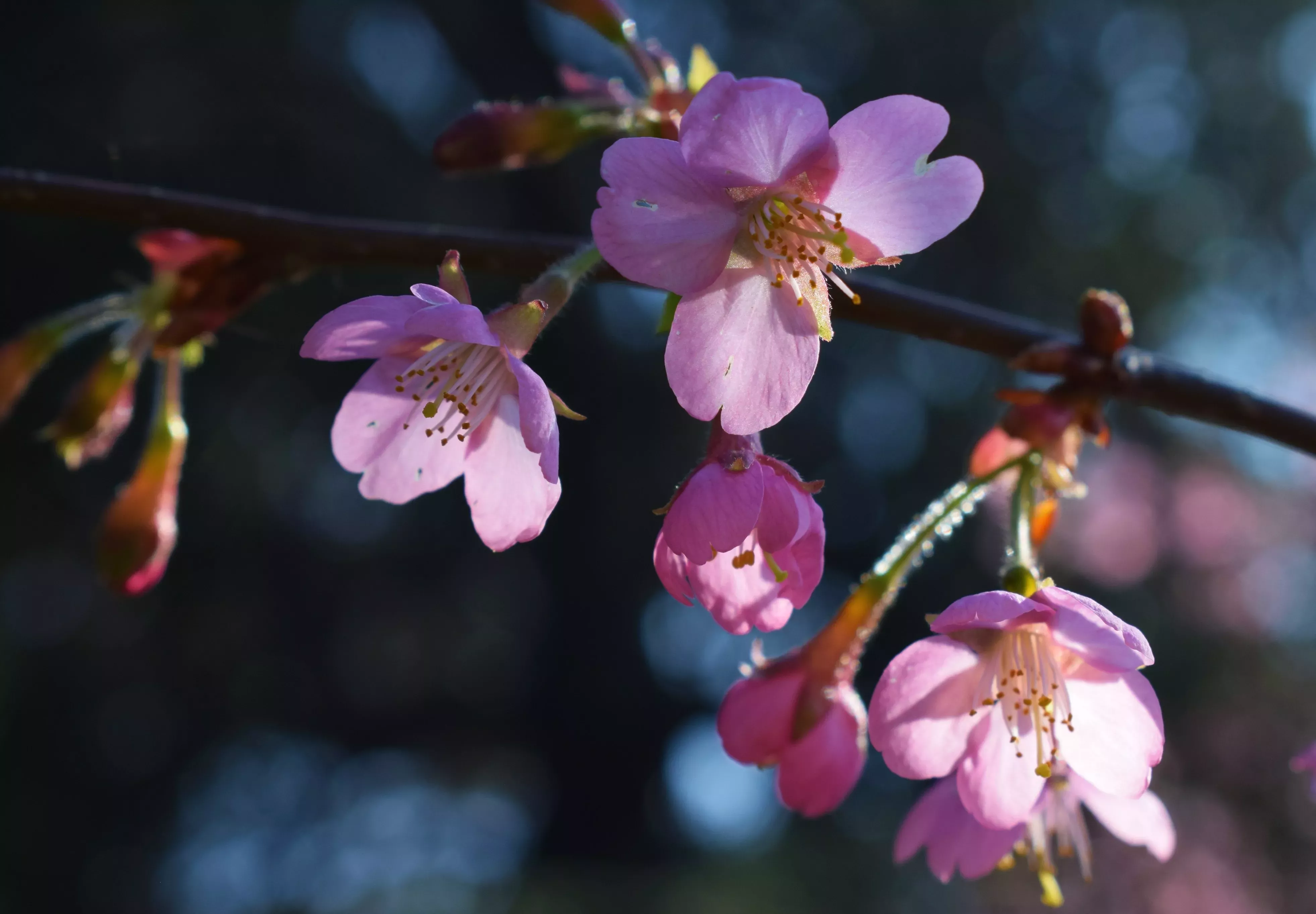
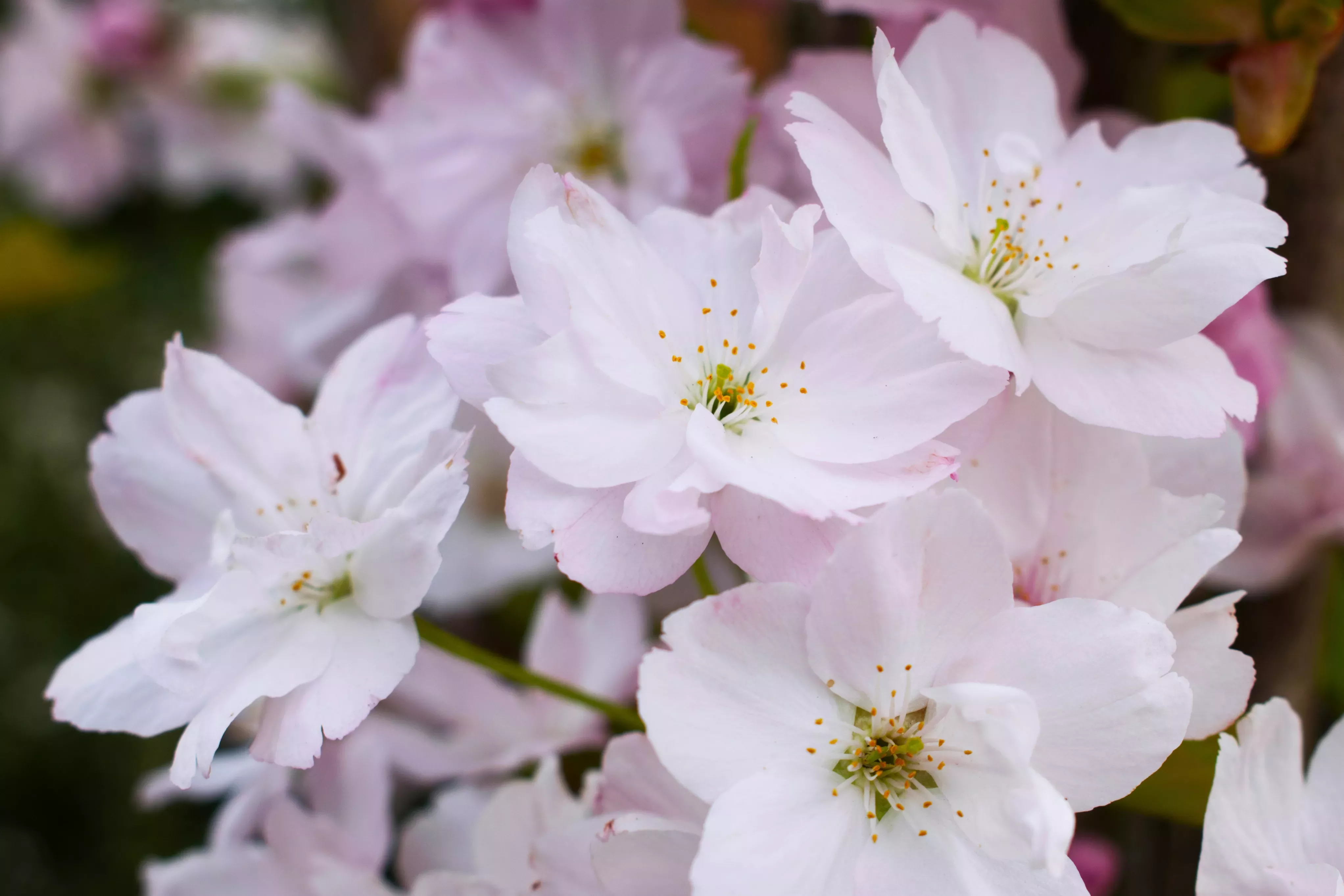
Create botanical art
If you’ve ever wanted to practise your botanical art skills, then now is the perfect time.
Botanical paintings and drawings are at that special place where science meets art. They convey the beauty and intricate detail of plants but can also be used by botanists for identification and documentation.
Our expert botanical artists here at Kew have shared some top tips on how to enhance your skills and revealed the best plants to illustrate for beginners.
So, pick up your paint brush, ink pen or coloured pencil and get creative!
For some artistic inspiration, check out some of the stunning artworks from our Marianne North Gallery and Shirley Sherwood Gallery…
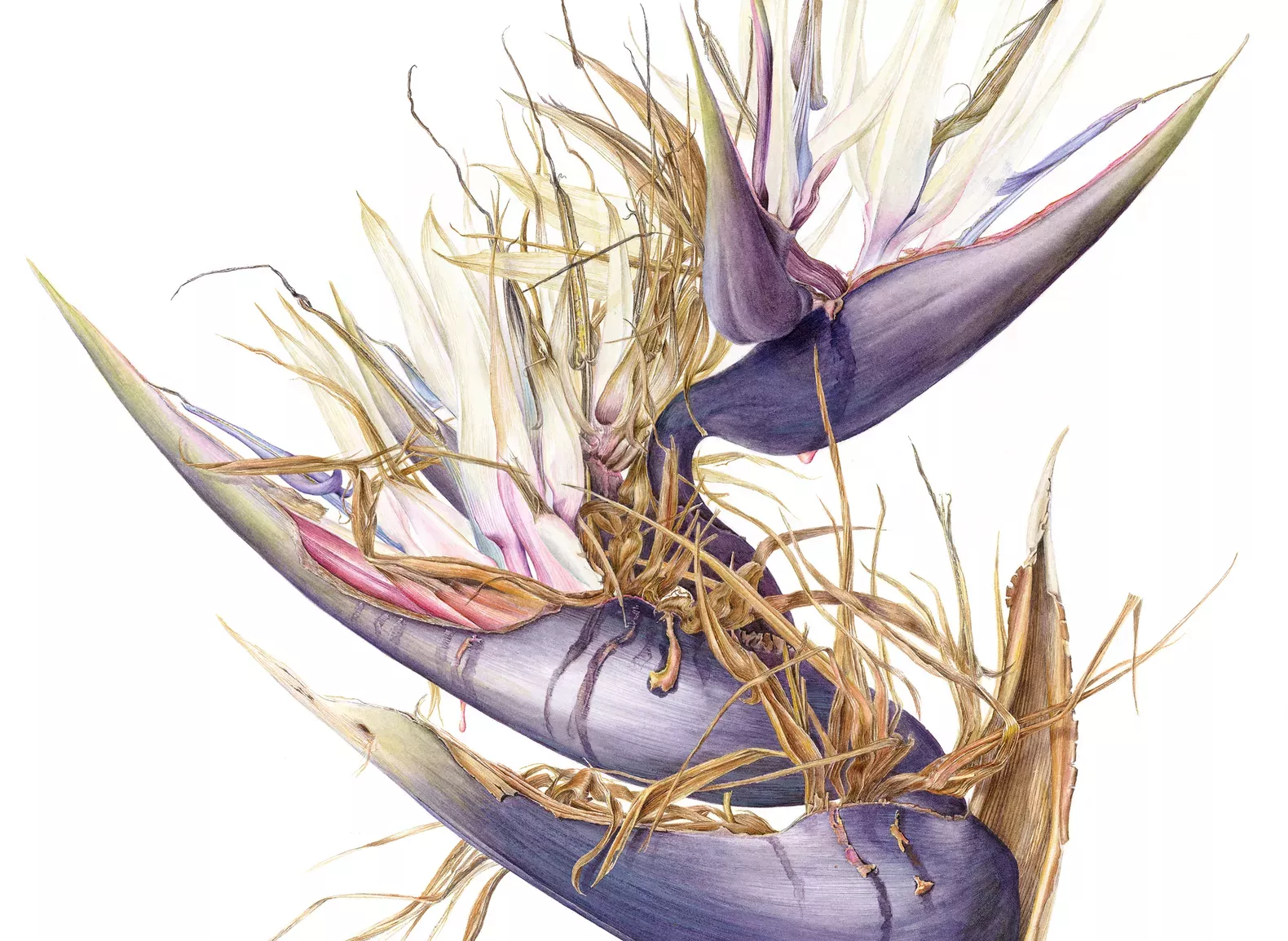
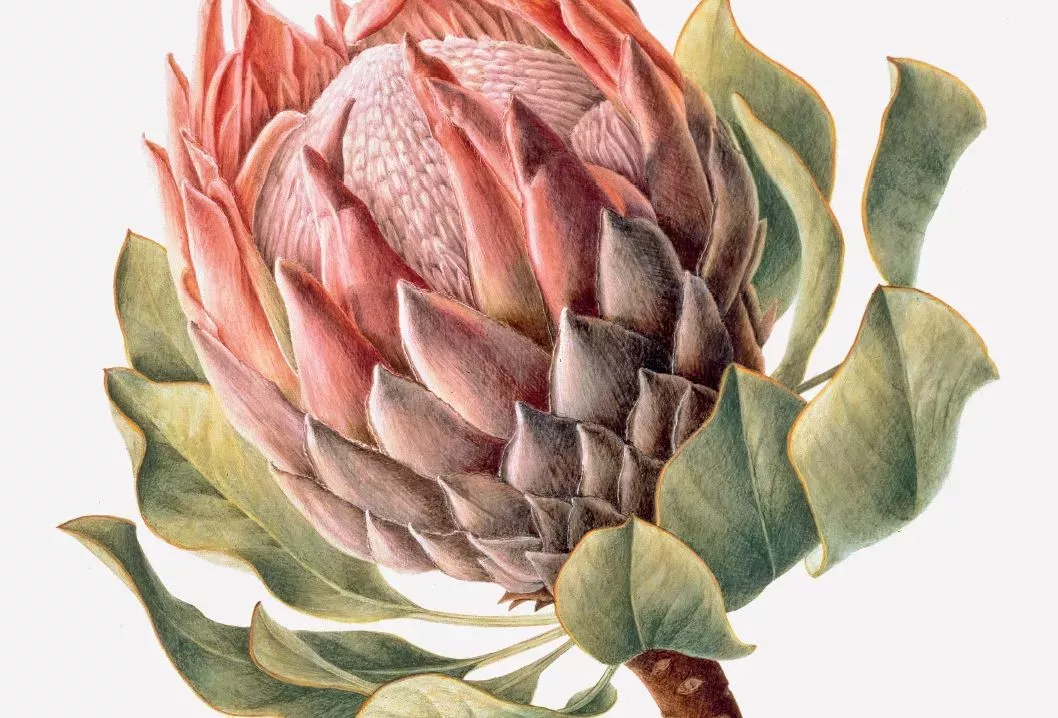
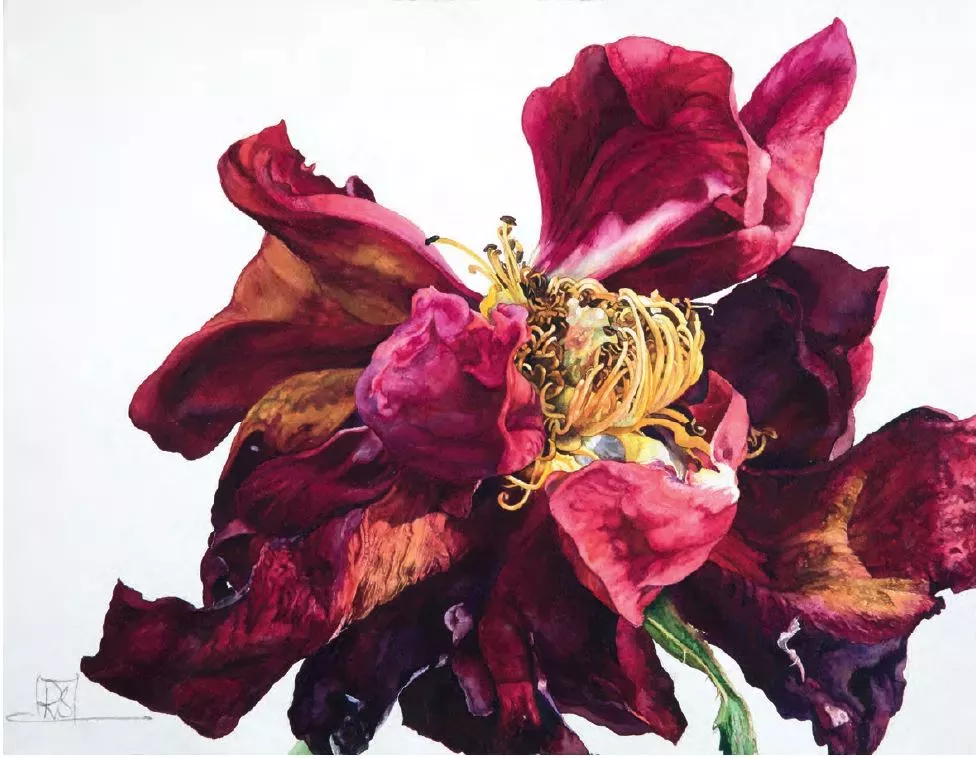
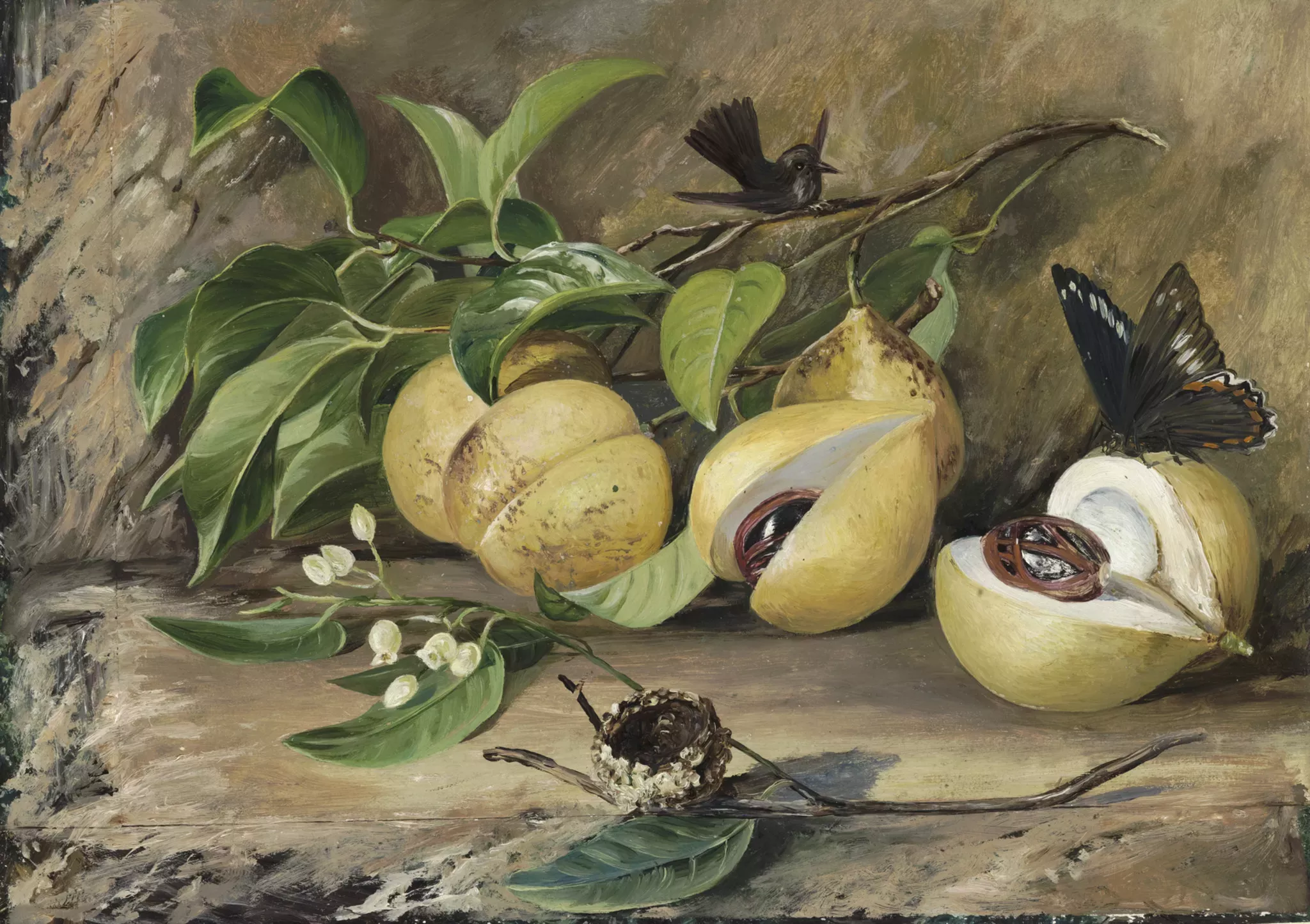
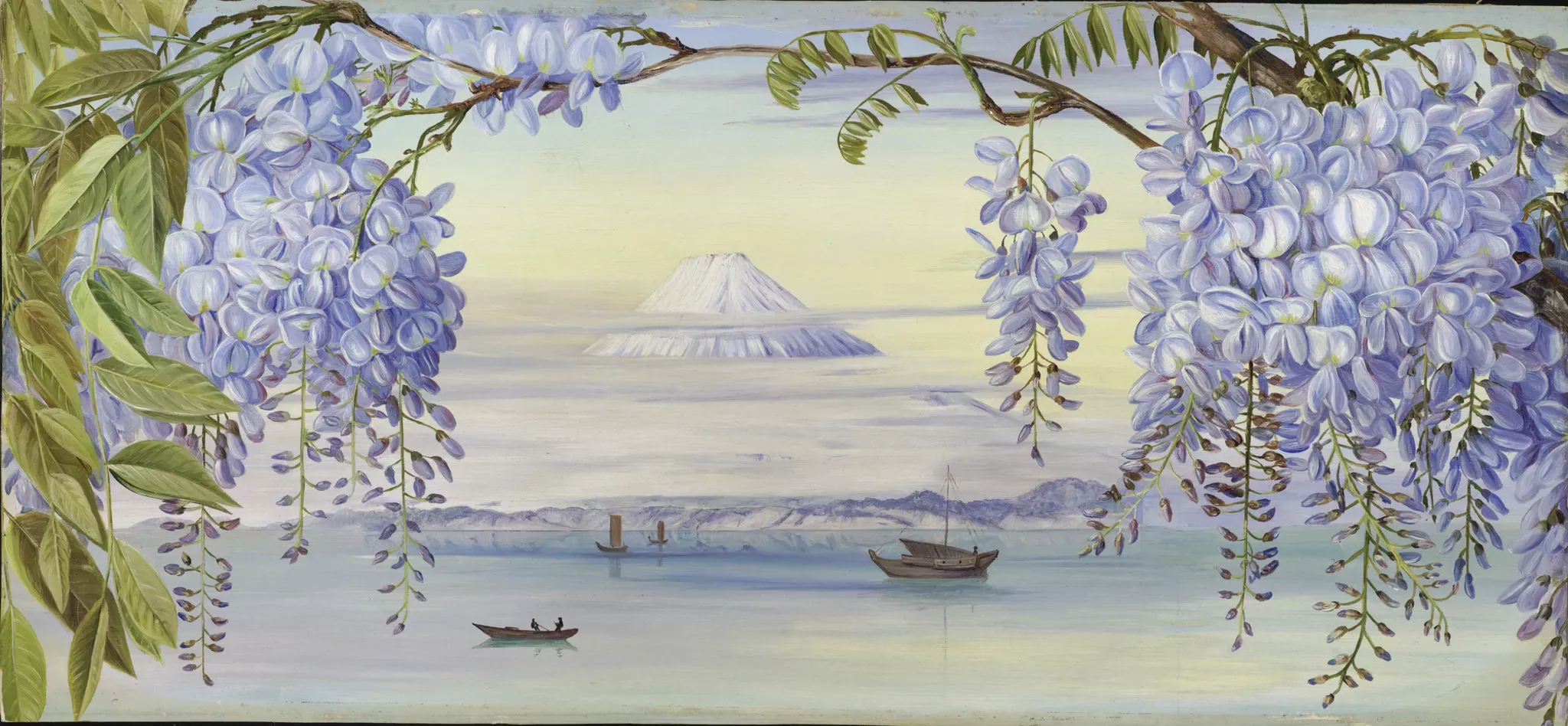
Educate and entertain your kids
As schools are closed, we have released new educational resources to bring our expert courses to you at home.
Keep your children or pupils on track with our online learning at home tools, aligned with Key Stage 1-5 curriculum.
From exploring how we can end world hunger to discovering if fungi could help sustain human life on Mars, the range of great activities can all be downloaded.
There are exciting challenges, videos and games so go ahead and immerse yourself in the world of plant and fungal science.
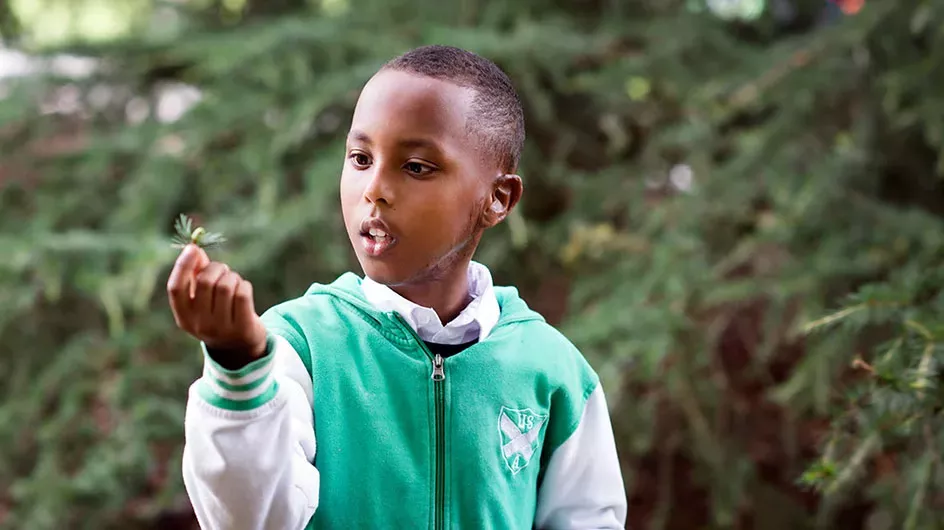
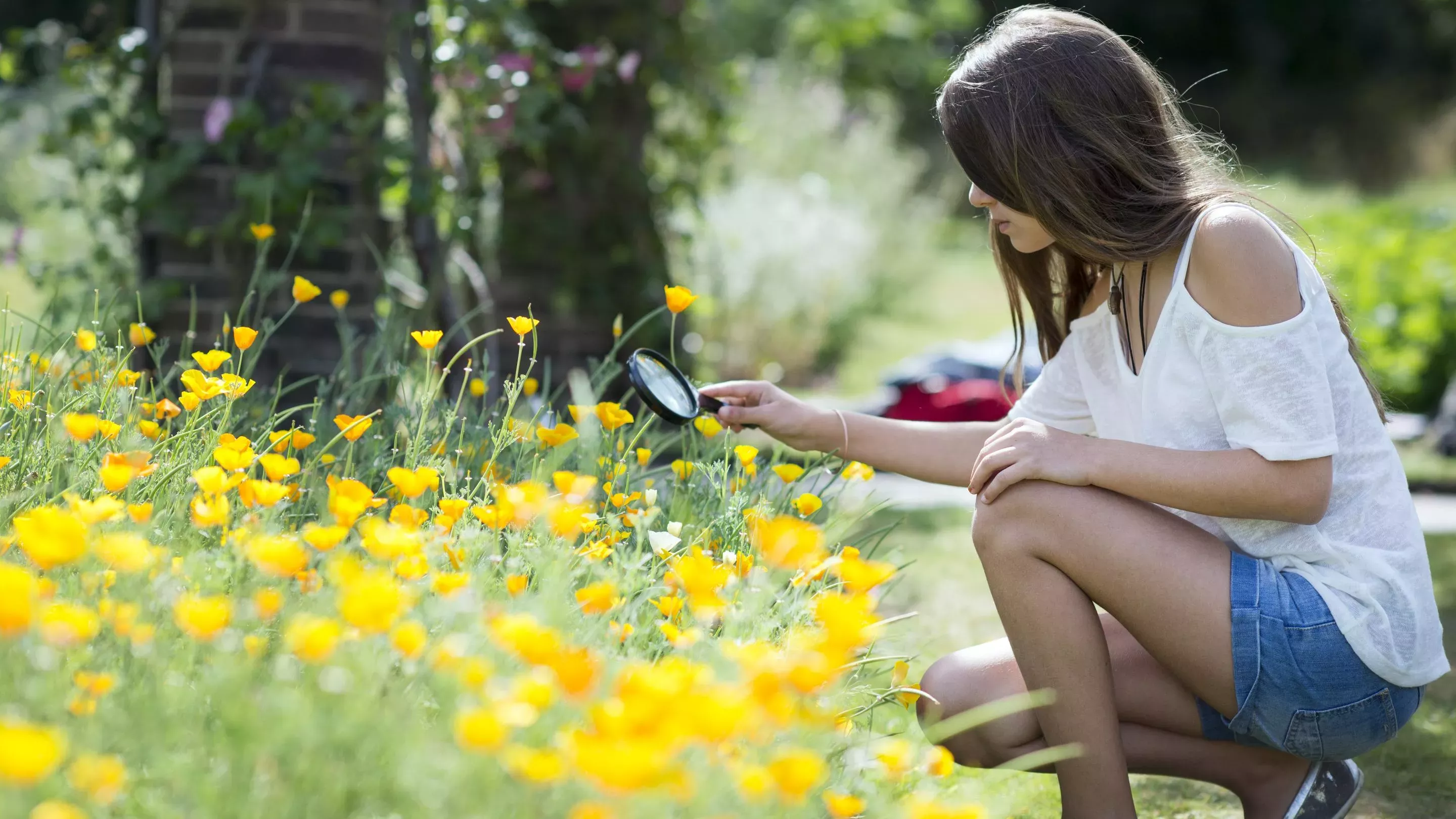
Bring nature indoors
Being stuck inside during this uncertain time can be a challenge for your mental wellbeing.
Connecting to nature and bringing it into your everyday life can help improve your mood, and reduce stress and anxiety.
Whether that’s spending time in your garden, taking care of your house plants, growing herbs and vegetables on your windowsill or even just looking through a window to enjoy a view of nature, it can help you feel more relaxed.
Notice the singing birds, variety of tree leaves, vibrant green grass and colourful flowers in bloom.
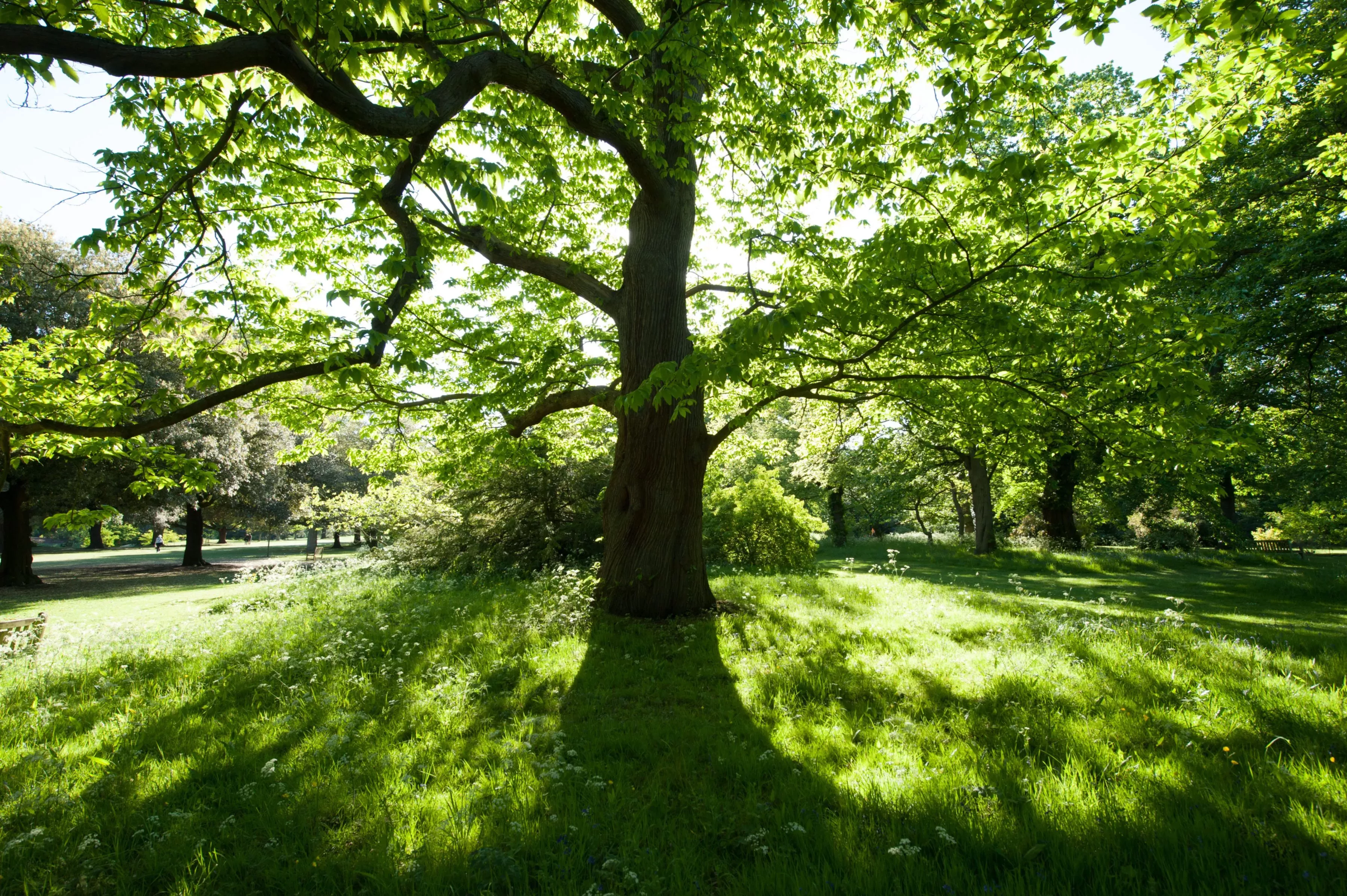
Build a terrarium
Have you got some old jam jars lying around the house? Then why not use one to make your very own terrarium?
These miniature glass plant displays are an easy and great way to invite some greenery into your indoor space.
Terraria make perfect homes for cacti and succulents. And the best bit is they are very easy to maintain and look amazing.
Follow our step-by-step guide on what you’ll need and how to build your beautiful terrarium.
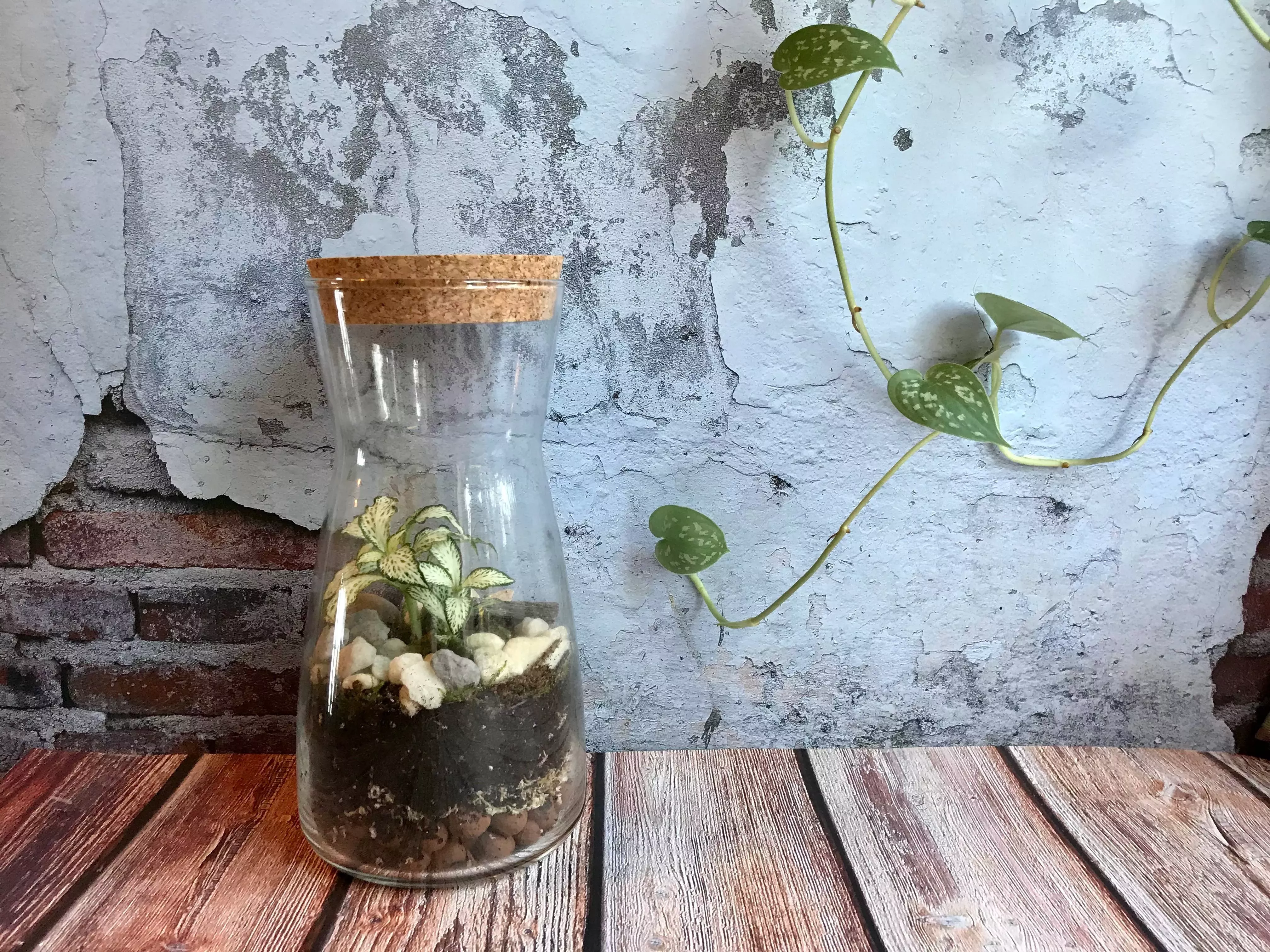
Discover cool plant facts
Impress your friends and family on your next phone or video call by reciting some awesome facts about plants and fungi.
You could even use them to build a virtual quiz because we know you're all doing them. Check out these 10 gems:
- Over 90% of living plant species depend on fungi for essential nutrients
- Life-saving medicines from fungi include penicillin (fights infections), cyclosporine (enables organ transplants) and lovastatin (lowers cholesterol)
- Kew is home to the oldest pot plant in the world: Our Eastern Cape giant cycad (Encephalartos altensteinii) arrived here in 1775
- We also house the smallest waterlily in the world, Nymphaea thermarum, which has leaves as small as 1cm in diameter
- There are around 12,000 species of grass in the world, covering a fifth of all land in grassland
- The Venus flytrap (Dionaea muscipula) can count; it will only clamp its leaves shut if an insect trips its trigger hairs two times within about 20 seconds
- The human eye sees green objects better than other coloured objects, and as plants are similar in colour our brains tend to group them together
- In Greek mythology, the pomegranate (Punica granatum) was known as the ‘fruit of the dead’ as it was said to have arisen from the blood of Adonis
- The monkey puzzle tree (Araucaria araucana) was given its common English name by the Victorians who thought the tree’s stiff, spiky leaves would puzzle a monkey trying to climb it
Find out many more fascinating facts in our Read and Watch blogs.
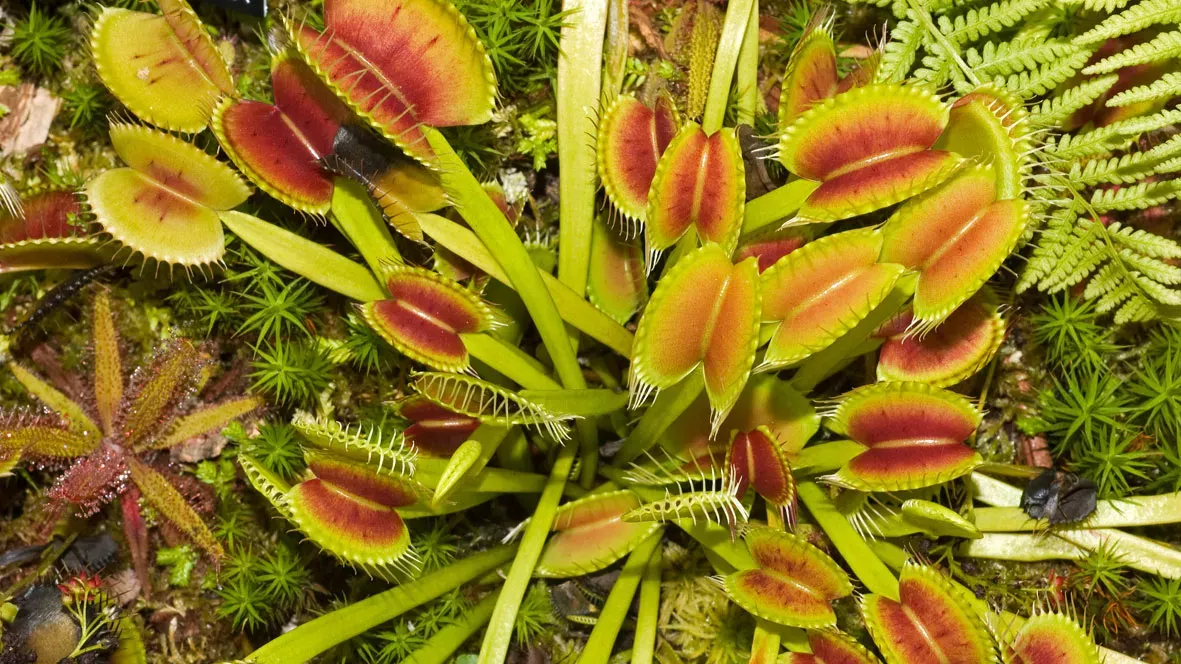
Visit the Kew Online Shop
Our on-site shops at Kew and Wakehurst are closed but our online shop is still open for deliveries.
Enjoy our range of beautiful botanical homeware, aromatic soaps, gardening tools and plant seeds to keep you entertained during the lockdown.
Delve into our award-winning books for inspiration and ideas on cooking, art, gardening and more.
